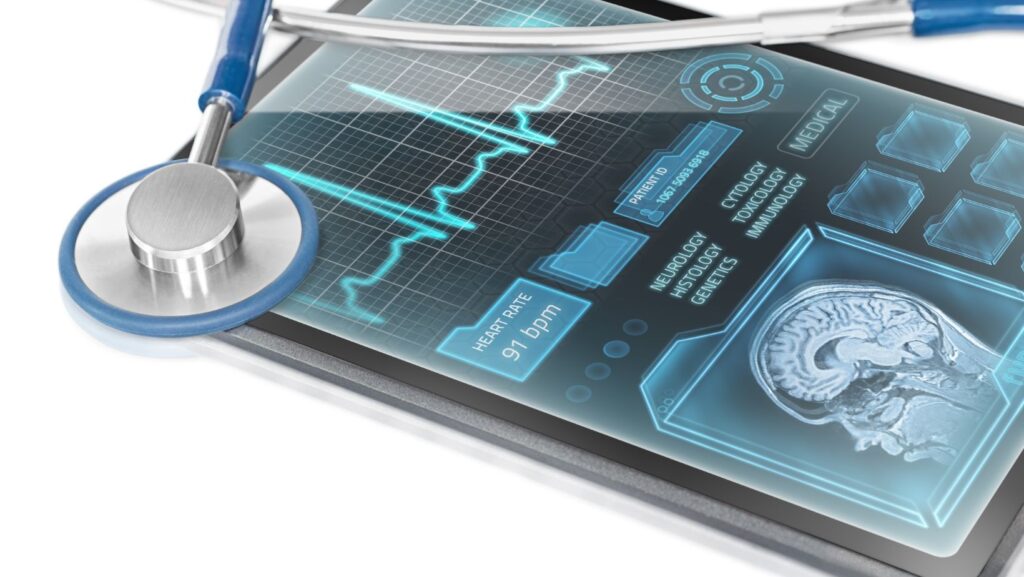
In today’s healthcare environment, the demand for efficiency and accuracy is paramount. Computer vision technology offers a compelling solution to meet these demands across various medical domains. By automating visually intensive tasks and providing insights from medical images with unparalleled speed and precision, computer vision is not just a technological upgrade – it’s a strategic asset that is reshaping healthcare operations and patient management.
Diagnostic Efficiency And Accuracy
Traditional diagnostic workflows can be time-consuming and prone to human error, especially when dealing with large volumes of medical images. Computer vision addresses these challenges head-on.
● Reduced diagnostic turnaround time: Computer vision services can significantly reduce the time required for image analysis and diagnosis. Automated image processing and analysis can be performed much faster than manual review, enabling quicker diagnoses and faster initiation of treatment.
● Minimized human error: By automating the analysis of visual data, computer vision reduces the reliance on subjective human interpretation and minimizes the potential for human error. This leads to more consistent and reliable diagnostic outcomes, improving patient safety.
● Improved accuracy: Advanced computer vision algorithms can detect subtle patterns and anomalies in medical images that may be difficult for the human eye to discern, leading to earlier and more accurate diagnoses, particularly in complex cases or early stages of diseases. Solutions like Canvas Medical integrate these AI-driven insights within electronic medical record systems, enabling clinicians to make faster and more informed diagnostic decisions.
Access And Patient Monitoring
The benefits of computer vision are particularly important for underserved populations and in situations requiring continuous patient supervision.

● Remote patient monitoring: Computer vision integrated into wearable devices and telehealth platforms enables continuous monitoring of patients in their homes. Algorithms can analyze video streams or images from wearables to detect falls, monitor vital signs, and track medication adherence, empowering proactive and preventative care.
● Enhanced telemedicine: Computer vision services enhance the capabilities of telemedicine by providing doctors with visual insights during remote consultations. For example, dermatological conditions can be assessed through image analysis during video calls, enabling remote diagnosis and treatment advice, especially in areas with limited access to specialists.
● Improved affordability: Faster diagnostic workflows and remote patient monitoring can reduce costs associated with hospital visits and specialized consultations, expanding the reach of quality healthcare.
Drug Discovery And Research
Computer vision plays a role in high-throughput screening of drug candidates. Algorithms can analyze vast libraries of chemical compounds based on image-based assays, accelerating the identification of promising drug leads and speeding up the drug development process.

Also, analyzing large datasets of medical images with computer vision can uncover new insights into disease mechanisms and treatment effectiveness.
Conclusion
Computer vision is a force that is unlocking new levels of efficiency and accuracy across the healthcare spectrum. From faster and more reliable diagnostics to expanded patient access and accelerated medical research, the benefits of computer vision are broad and profound, solidifying its position as a critical technology in the future of healthcare.






